Week 3
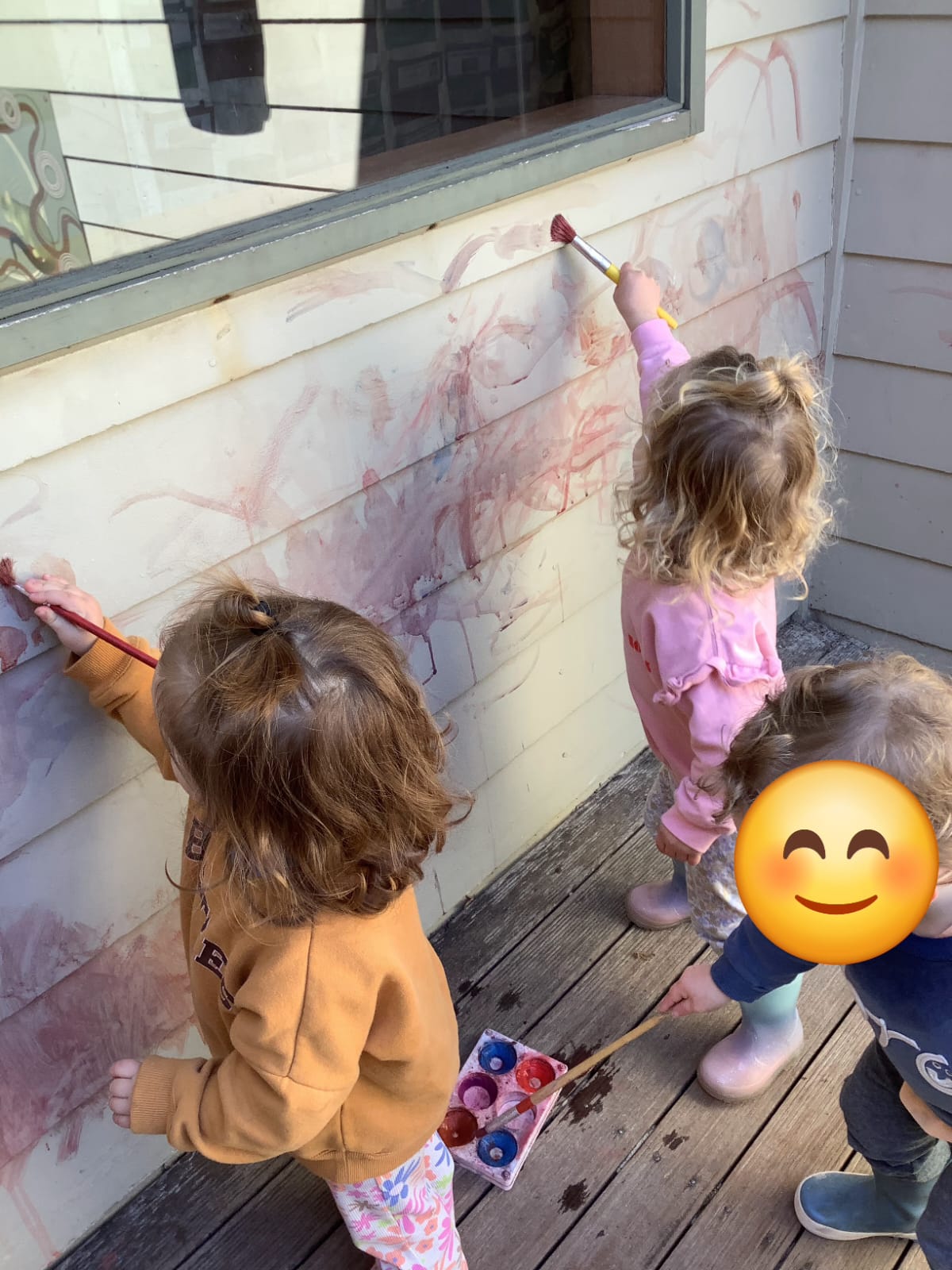

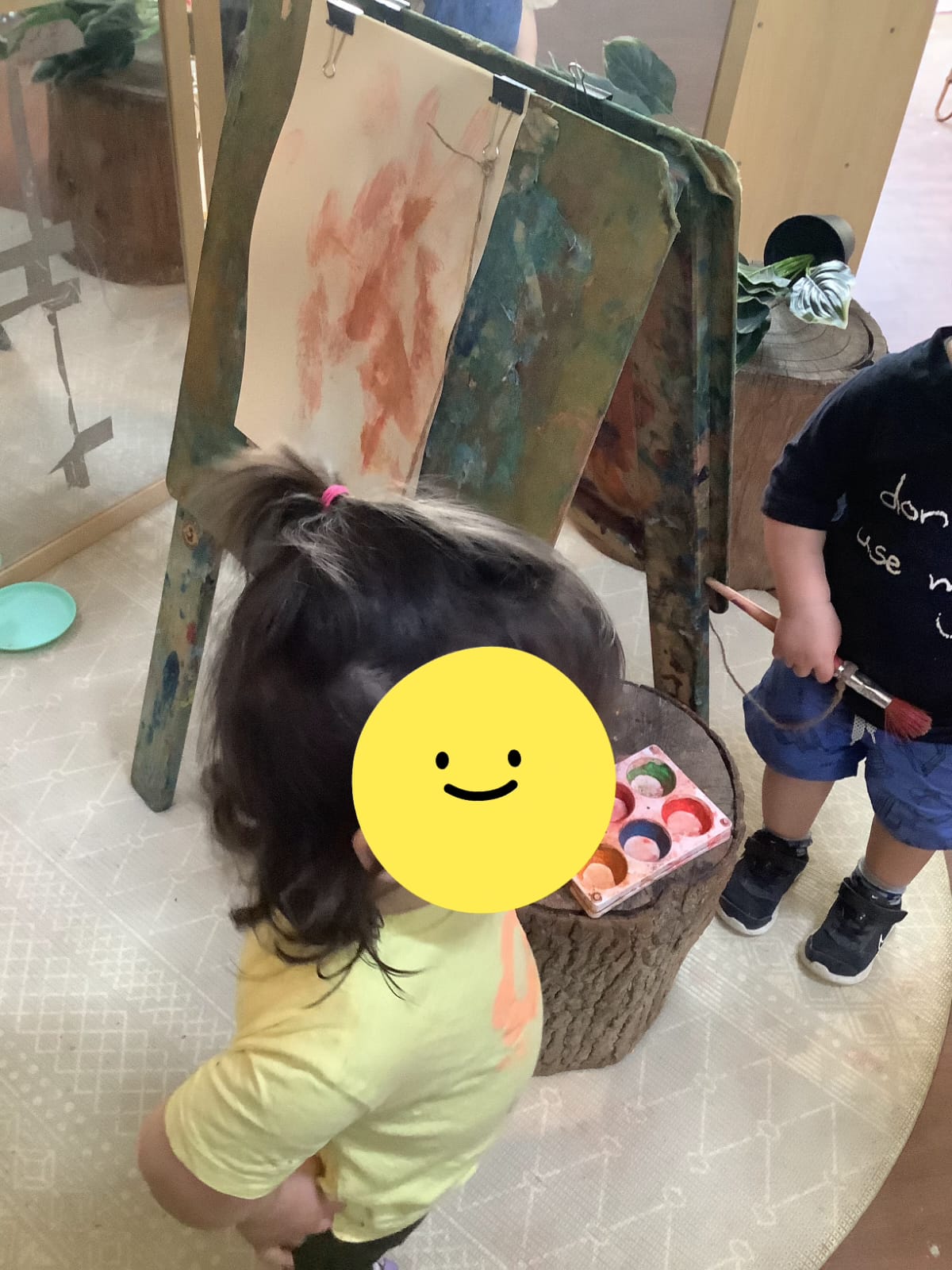
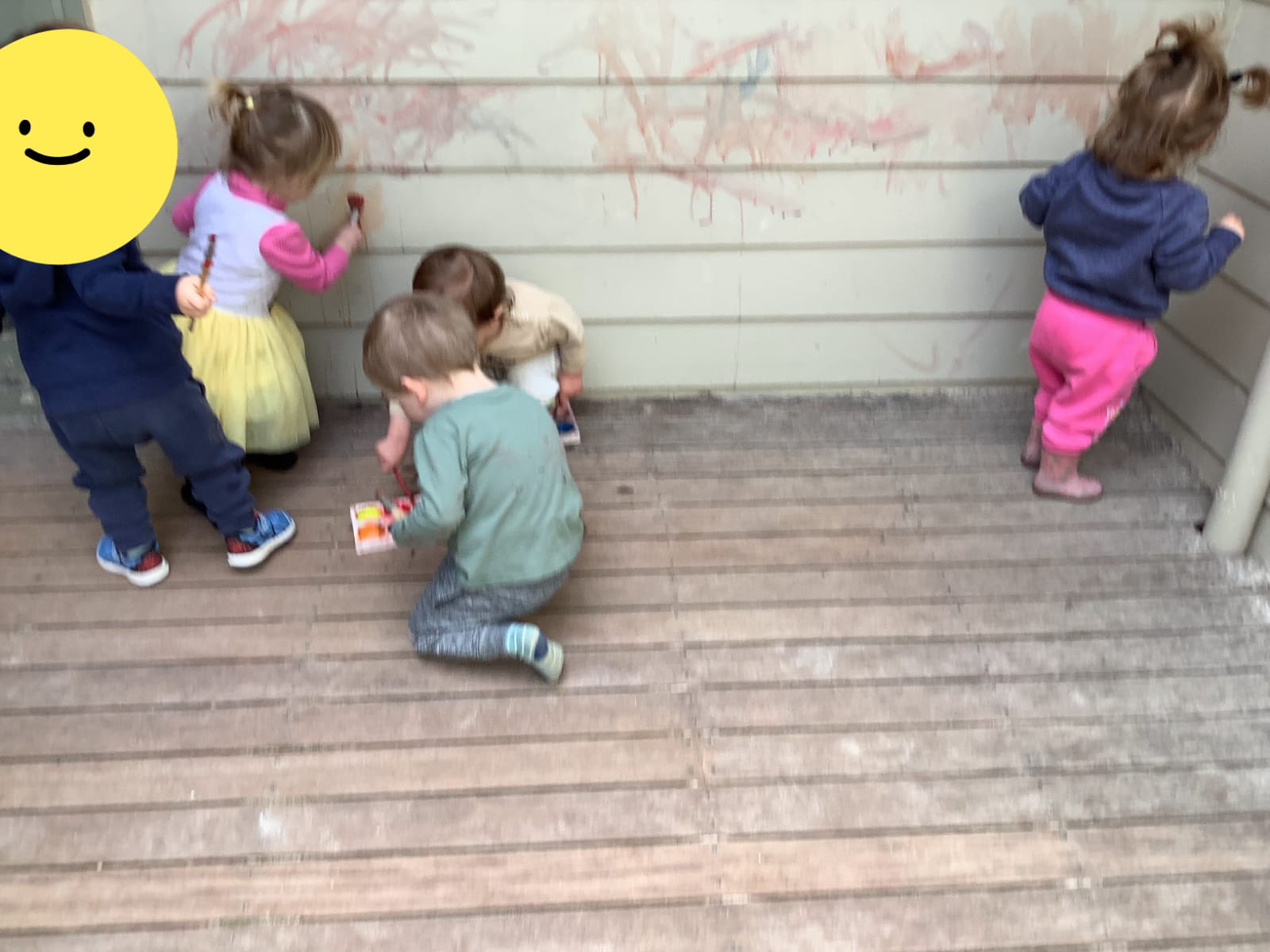
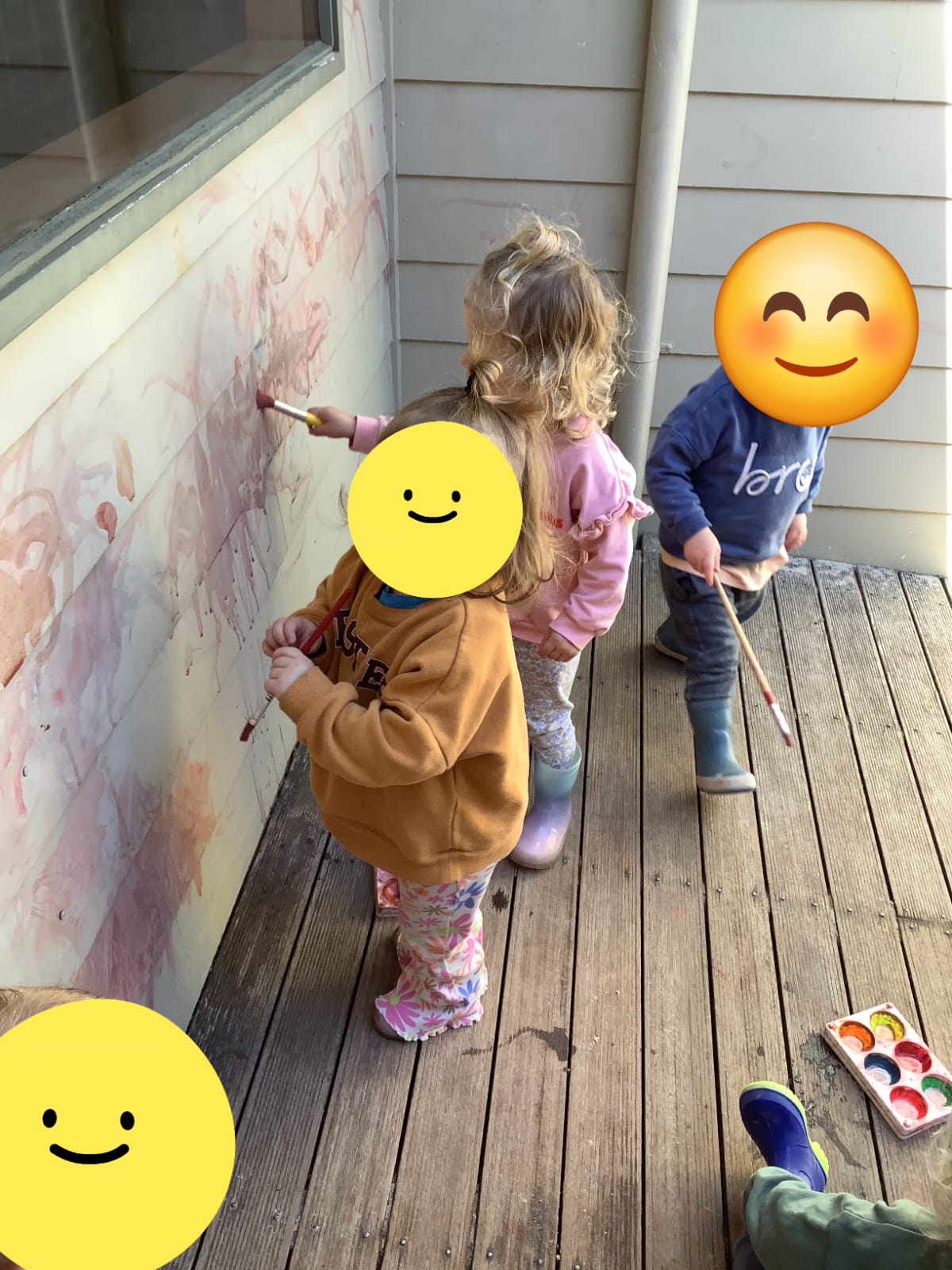
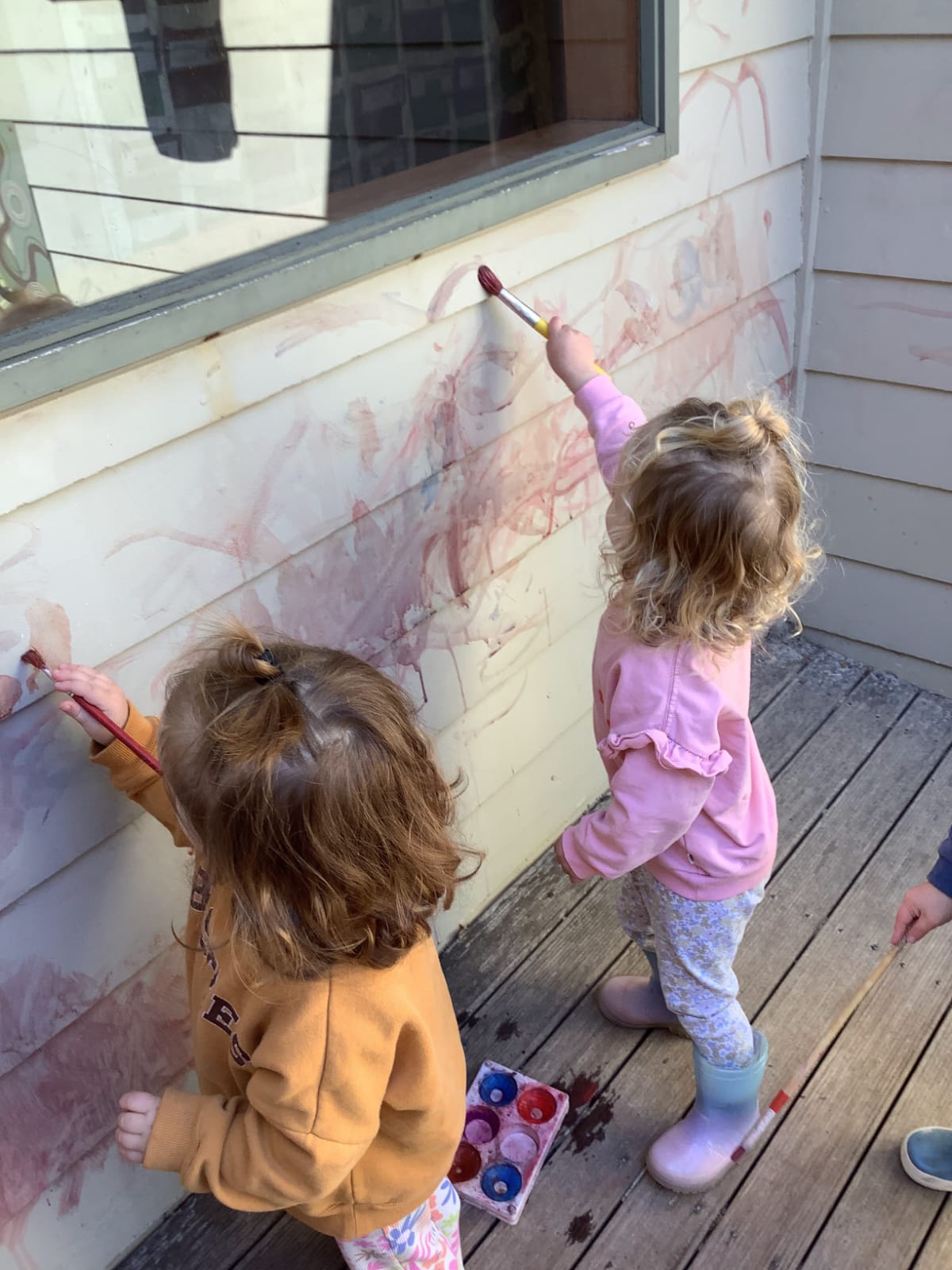
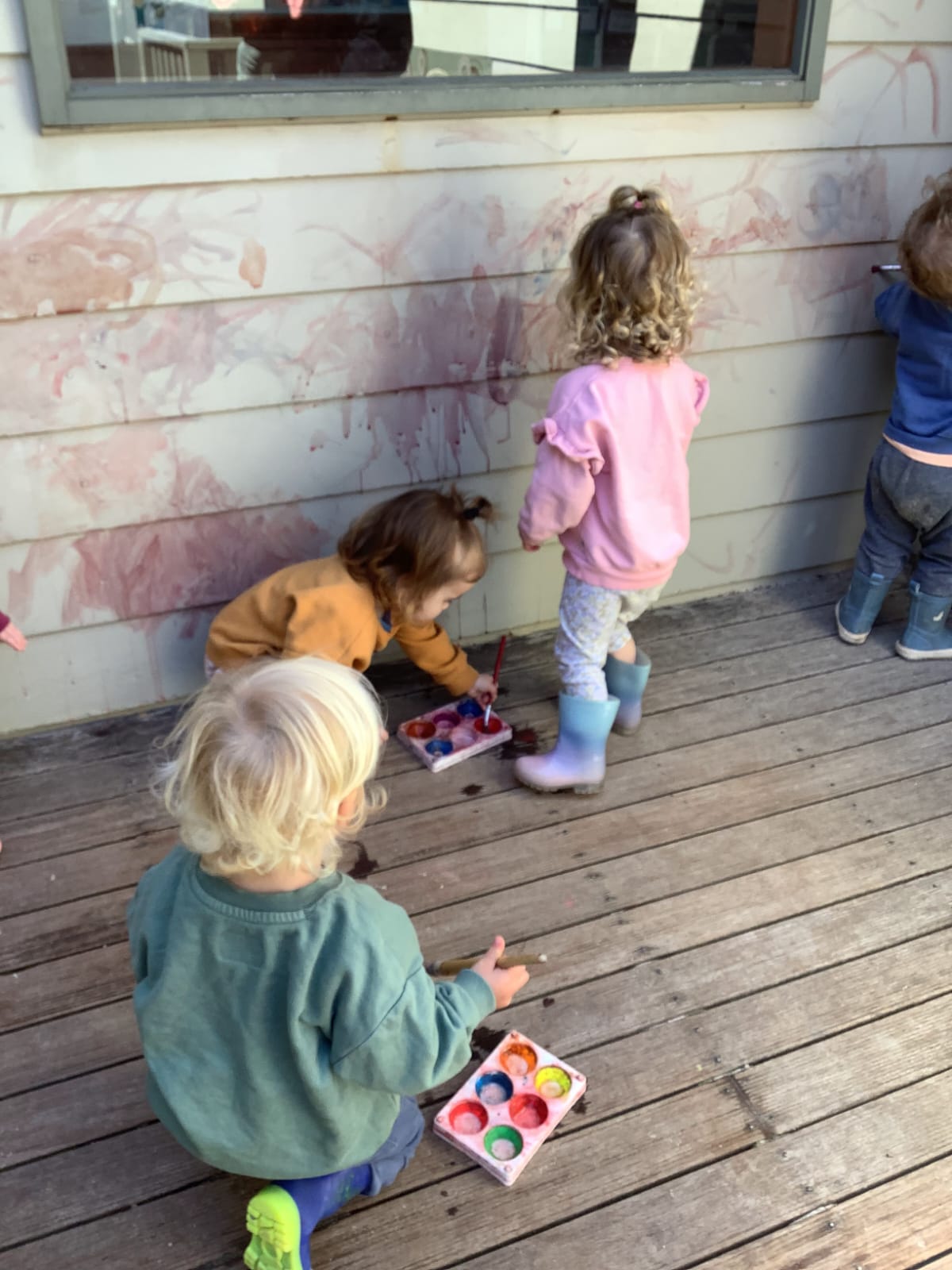

In the third week, I started to teach and practise the “Acknowledgement of Country” with the children, showing respect for the Aboriginal people of Australia. We began with a simple yet impactful exercise: “Here is the Land, Here is the Sky, Here are my friends, and here am I.” Alongside other educators, I role-modelled gestures such as touching the ground to symbolise the land and reaching up to the sky, inviting all the children to participate. Through this activity, I aimed to cultivate in them a sense of respect and connection to the traditional owners of the land (ACECQA, 2020a).
This practice aligns with Vygotsky’s Sociocultural Theory and emphasises the significance of social interactions in cognitive development (Beloglovsky and Daly, 2015). By engaging in these activities, I wanted the children to learn about the culture and lifestyle of the Gulidjan people, fostering understanding and appreciation for their traditions. I believe that activities like this can greatly support the children’s development of cultural competence and social awareness. Vygotsky emphasises learning from more knowledgeable individuals, and I aimed to be that guiding presence for them (Beloglovsky and Daly, 2015). I recognise that not all children feel comfortable participating in group activities So, I’ve observed that a simple gesture, like holding a child’s hand or sitting beside them, can make a significant difference. These small acts often help them feel more at ease and enhance their willingness to join in.
In exploring the children’s interests, especially their fascination with colours and textures, I identified an excellent opportunity with the children in the Possum Room. They were keen to engage with their environment through sensory exploration, so I introduced an engaging outdoor and indoor painting activity tied to Aboriginal culture. This hands-on experience focused on texture and colour, allowing the children to explore art while celebrating our diverse backgrounds. To ensure the activity was both culturally sensitive and developmentally appropriate, I prepared extensively. The aim was not simply to teach them about Aboriginal culture, but to immerse them in sensory experiences. Using natural materials and vibrant colours, the children splashed paint, felt different textures, and expressed their creativity while connecting with nature (Gowrie, 2021).
During the painting process, I facilitated their exploration, encouraging individual expression. I valued their contributions and invited them to share their thoughts and feelings, fostering an environment where creativity could flourish through their art. I intended to ignite their curiosity about the world and showcase the beauty of our diverse community (learninghub, n.d.). To strengthen connections with families, I initiated conversations about the textures and colours the children explored at home. The families reacted positively, especially enjoying the idea of painting on the walls. This initiative reflects our diverse community and highlights the children’s creativity. The outdoor painting activity was a joyful experience that allowed the children to interact with texture and colour while deepening their connection to nature. While they may not yet fully understand the intricacies of Aboriginal culture, this experience nurtured their creativity and curiosity, laying the foundation for future respect and appreciation of diversity. I am excited about the potential for future activities that will further explore sensory experiences alongside cultural insights, enriching our community and enhancing the children’s learning journey (learninghub, n.d.).